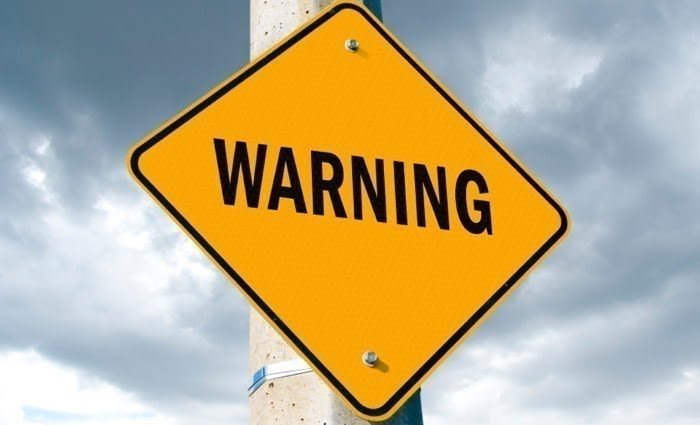ASIC identify the 8 red flags of SMSF's
ASIC has warned Australian investors considering establishing their own self-managed superannuation fund (SMSF) to be aware of the potential risks and downsides of such a strategy.
They said many Australians set up SMSFs that are inappropriate for their circumstances.
ASIC has identified eight "red flag" situations which, together or in part, would make it extremely unlikely for an investor to gain any advantage from using SMSFs to create and safeguard their intended retirement lifestyle.
Australian Tax Office figures reveal that as at 30 June 2019, there were 599,678 SMSFs in Australia holding nearly $748 billion in assets, making total assets held in SMSFs larger than those in either industry ($719 billion) or retail ($626 billion) funds.
ASIC Commissioner Danielle Press said, "ASIC believes that consumers are all too well aware of the potential benefits that might stem from using a SMSF, but are not equally alive to the considerable risks and responsibilities that come with the deal.
"SMSFs may be an attractive option for investors wanting more control over their superannuation investment strategy, but it requires real skill, care and diligence to manage your own superannuation. SMSFs are not for everyone simply because not everyone can meet the significant time, costs, risks and obligations associated with establishing and running one."
ASIC previously tracked and analysed member experiences in using an SMSF, and whether advice providers were complying with the law when providing personal advice about setting up an SMSF (refer Background). The research identified the "red flag" indicators that suggested when an SMSF may not be appropriate for an investor.
"Our research found that SMSFs are not suitable for members with a low fund balance, particularly where they have limited ability to make future contributions. This is important because consumers starting off with a low balance need to be aware that they may not be in a better financial position in the future by holding an SMSF compared with investing in an APRA-regulated fund," Ms Press said.
ASIC"s research also found that SMSFs are not an appropriate investment option for people who want a simple superannuation solution, particularly if they have a low level of financial literacy or limited time to manage their own financial affairs. On average, SMSF trustees spend more than 100 hours a year managing their SMSF.
"Where people have limited investment decision-making experience or prefer to delegate decision-making to someone else, they should carefully consider if an SMSF is right for them. As the trustees of their own fund, SMSF investors must remember that they are responsible for their fund"s compliance with the law, even if they pay a professional to help," Ms Press said.
